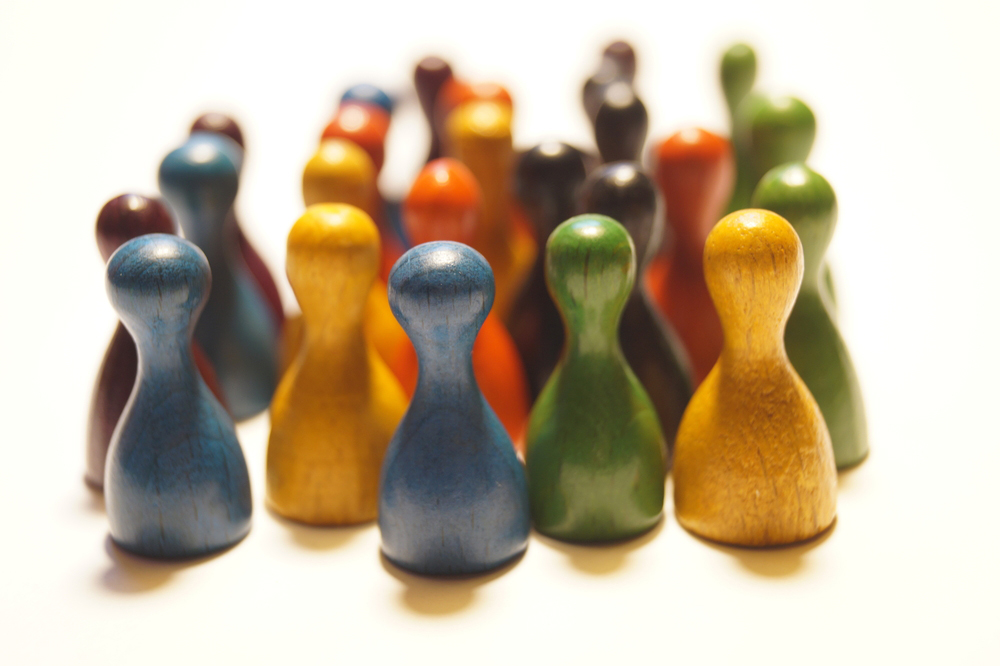According to a BLS report, unemployment among those with a disability was 8.0% in 2018, which is more than double the average unemployment rate for those without a disability (3.7%). With so many potential employees being left behind, it’s more important than ever for organizations to make an effort to bring such people on board and create an environment that can help them grow and thrive.
One organization, Disability:In, strives to assist companies in becoming more inviting and inclusive to those with disabilities. Its 2019 Disability Equality Index recognizes organizations that excel at disability inclusion.
3M, a manufacturing conglomerate, was recently rated at 100% by the index for the third year in a row. I had a chance to speak with Ann Anaya, Chief Diversity Officer at 3M, to discuss the company’s approach to achieving and maintaining the index.
Introspection
An organization’s current efforts need to be carefully analyzed for it to improve its diversity and inclusion efforts toward those with disabilities. How many people self-identify as being disabled at your organization? What roles are they in? What efforts are made to develop them professionally? Is there cultural support for them? By asking these and related questions, you can begin to understand where your organization is succeeding and where it requires growth.
Anaya believes that participating in something like Disability:In’s survey can help organizations achieve this understanding. “I think being part of the survey has helped us focus on how to better build an inclusive environment for people with disabilities with 3M,” she says, adding, “It’s an in-depth survey about your processes and procedures, your overall HR demographics, and your initiatives and engagements related to people with disabilities.”
Once you have a better understanding of where your organization stands with regard to its diversity and inclusion efforts for those with disabilities, you can begin building a strategy for improving those efforts.
Improving Hiring
Hiring cannot be the only solution to an organization’s lack of diversity, but it is a critical component of any diversity and inclusion plan. If you don’t bring diverse individuals on board, it will be difficult to create a community and environment for the growth of current workers who have disabilities. However, if you haven’t created a place where people with disabilities can feel safe, comfortable, and valued, you will have trouble retaining new employees with disabilities, and your efforts will be in vain.
Creating an Environment for Growth
Hiring people with disabilities is very important, but it’s also important to “internally support people with disabilities and think about how you can develop people with disabilities,” says Anaya. If your work environment does not match your hiring efforts, new employees will be far less likely to stick around. They have to feel welcomed and see a real effort on the organization’s part to include them. Remember that people with disabilities have a unique perspective that develops as a result of their unique backgrounds. Anaya stresses the importance of “creating a culture that really is inclusive of those unique perspectives and unique backgrounds. With those inclusive behaviors, then you invite also a culture that is safe for people to share their unique backgrounds [and] their unique abilities and skill sets.”
Self-Reporting
Not all disabilities are visible. In fact, many like epilepsy, PTSD, anxiety disorders, schizophrenia, etc., are not visible at all. When organizations fail to make people with disabilities comfortable, they create a multifaceted problem: First, they alienate and disengage their employees with disabilities. Second, they fail to create a situation where people with nonvisible disabilities feel comfortable identifying themselves. That means people who likely won’t receive access to programs will hesitate to seek critical accommodations and feel they need to hide who they are.
You can look at your employees’ willingness to come forward with their disabilities as a measure of how welcoming your culture is toward those with disabilities. Anaya says that “in a culture of psychological safety, people with disabilities feel safe to self-identify.” She continues by saying that “with an atmosphere of psychological safety, those individuals would feel that comfort and would be able to share their unique requests and their unique talent.”
After all, those unique perspectives and talents drive organizations’ innovation. When you make real progress with inclusion, “everyone could grow at work, and they could be more creative and innovative. And ultimately, the company then grows,” says Anaya.
Getting Started
One way to begin is to learn what the standards are by engaging an organization like Disability:In. Anaya says the organization is “standing at the ready to guide you in first providing resources but also trainings and best practice sharing to help you move the needle forward.”
Another is to identify ambassadors within your organization and consider forming one or more employee resource networks (ERNs). These are groups of like-minded individuals, often from an underrepresented group, who can work together to identify the organization’s areas for improvement.
Anaya has had a lot of success at 3M with its Disability Awareness Network. Within a few years, the company had acquired two executive sponsors and formed “a very detailed charter and a 3-year strategic plan related to what they wanted to accomplish and how they wanted to accomplish it,” she says. It was with the formation and support of this network that 3M was able to achieve a 100% rating by Disability Equality Index for the last 3 years.

